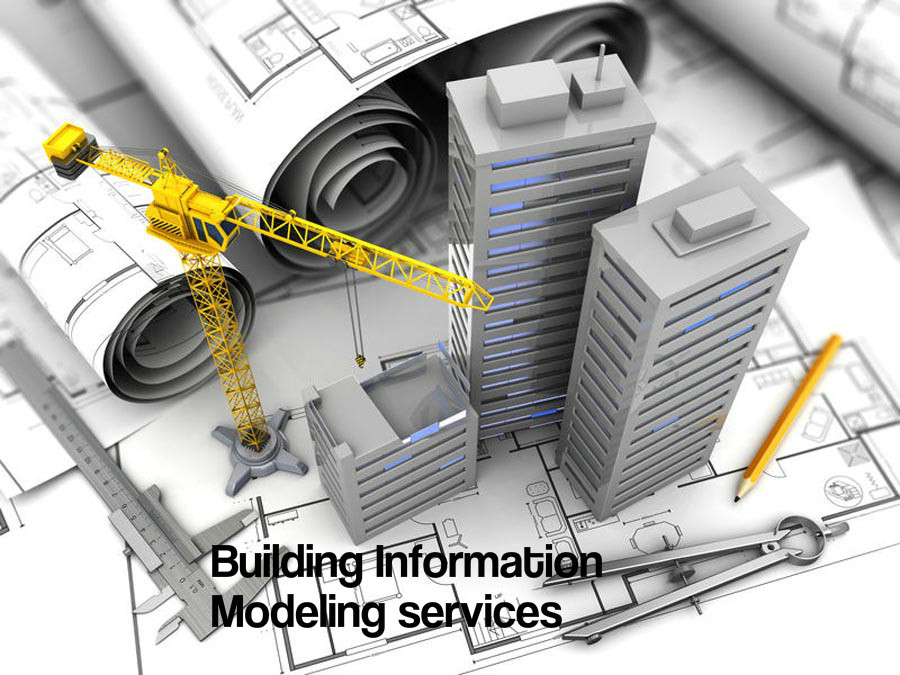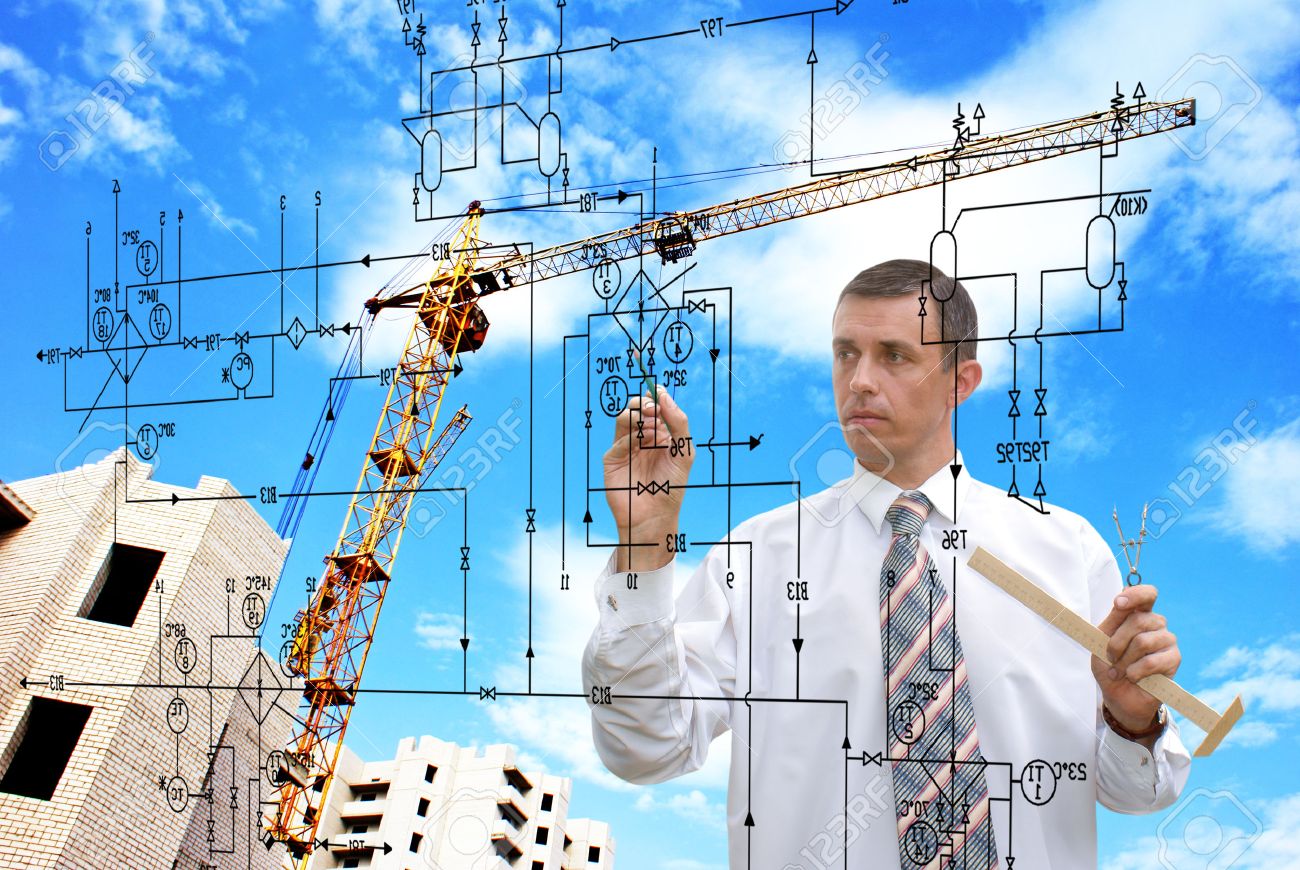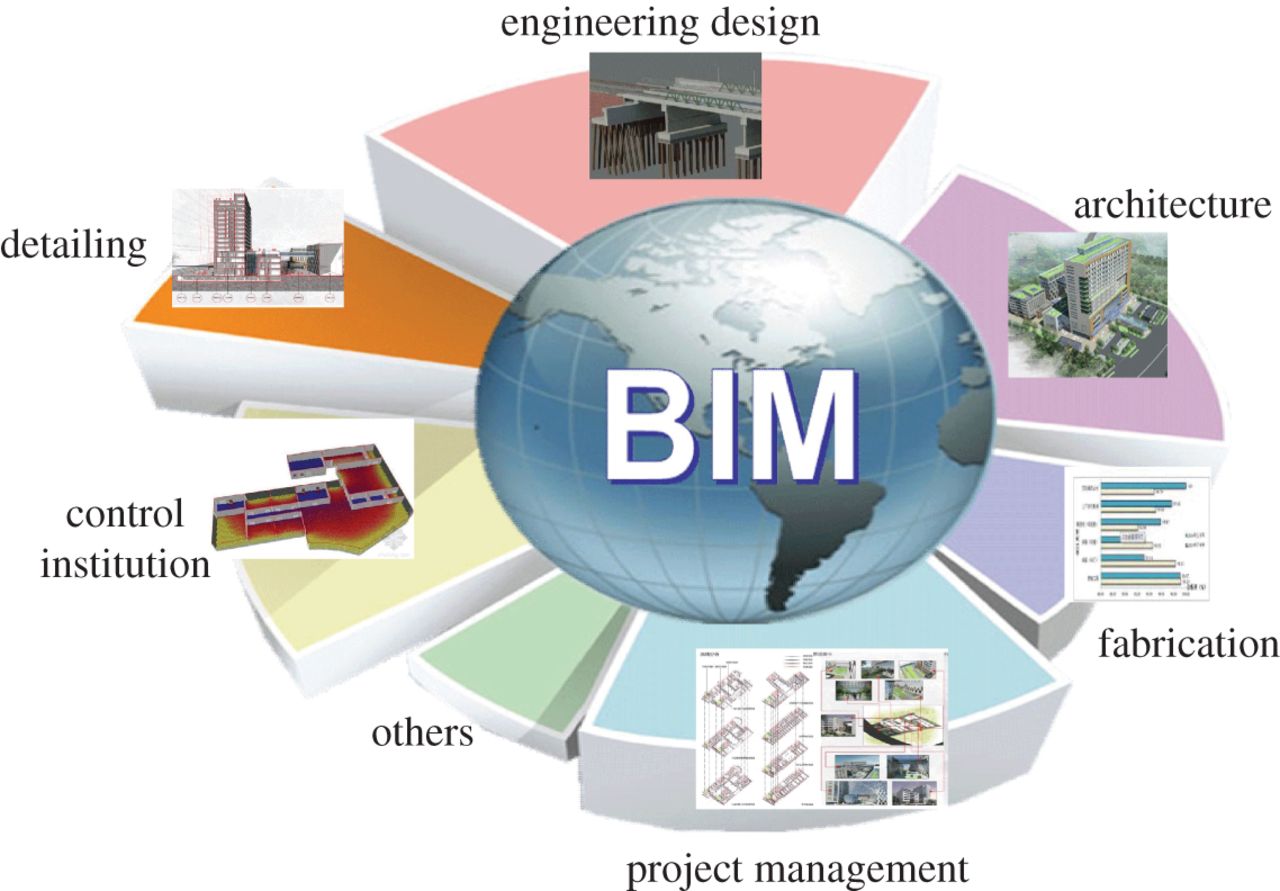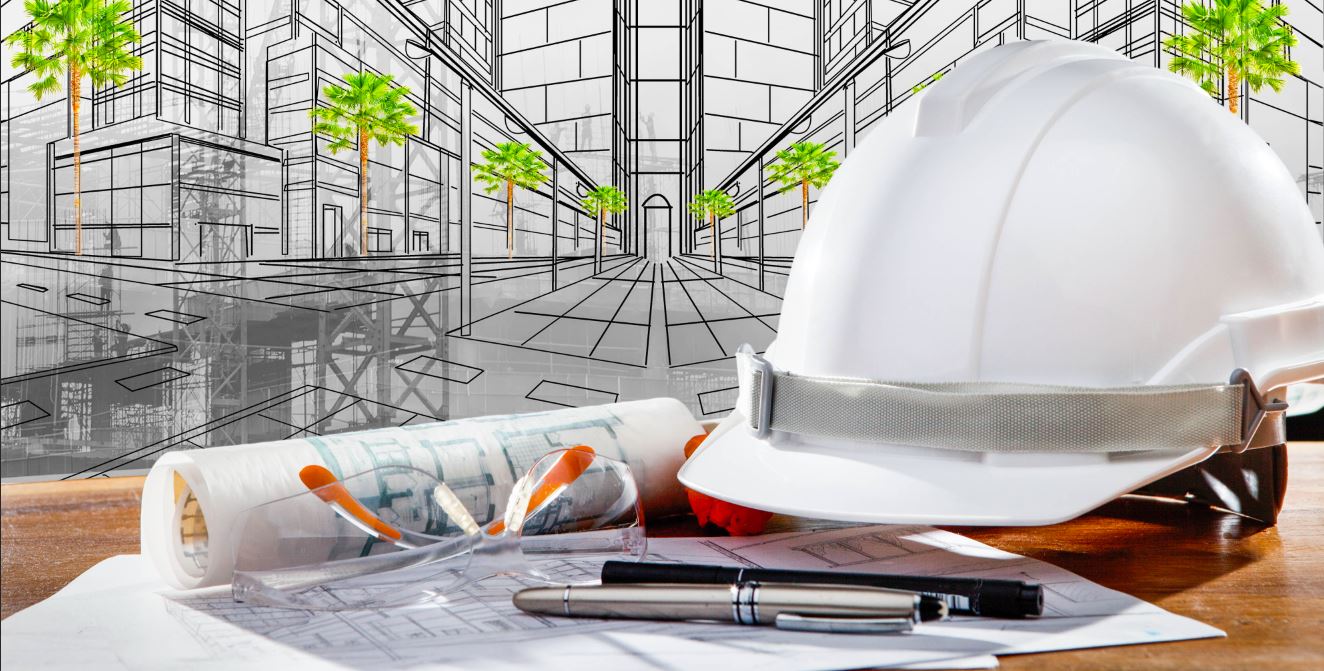
The architecture, engineering and construction (AEC) industry like any other sector is prone to change and with each passing year new opportunities and technologies erupt to replace the out-dated technologies to make human life more convenient and efficient.
The U.S. construction market, the second largest construction market in the world, is steadily embracing the technological advancements like 3D Printing, modular and prefabrication construction, and is poised to see a growth of 330 basis points in 2020. To meet or match the growth in the construction industry, the companies will have to adopt latest technologies and software to increase efficiency and make the process faster and error-free.
Here are the 2020 construction industry trends that companies need to look into to enhance its work progress and building design:
1. Modular & Prefabrication Construction:
Modular and Prefabricated construction methods are a faster, hassle-free and convenient way to build a residential or commercial property. This method of construction is making an explosive entry in the industry with a promise of faster on-site assembly and higher quality. This is possible because of the technological advances in high-tech design and construction tools which will allow an increased number of components to be manufactured off-site with fewer materials wasted.
The industry will also see more developers building their own factories to accommodate and meet the increased demand of housing with modular and prefabrication construction ways.
2. 3D Printing:
3D Printing is picking pace in the construction industry because of its ability to either prefabricate off site or directly on-site over traditional building methods. 3D method reduces waste and offers labour and material cost benefits. It is the most enthralling trend to watch in 2020.
3. Building Information Modeling:
The year 2019 saw a lot of relevant technological updates for the architectural, engineering and construction industry. BIM, or Building Information Modeling, is a 3D model-based process that is evolving with every latest update to help make the lives of architects, engineers and construction teams convenient and construction process more efficient, faster, error-free and more accurate.
4. Robotics:
According to World Economic Forum’s prediction, 2020 can be the year of Robotics, making bigger impacts in the construction industry. Robots are increasingly becoming a part of the workforce at construction sites because of the suggested benefits it offers. Use of robotics during construction or demolition has made the process safer and cheaper. Robotics are also being seen as a way to manage and maintain buildings post construction and occupancy for building maintenance like window cleaning or other activities.
5. Sustainability:
The construction process involves building and demolition of structures that involves wastage of material. The reason for wastage may be due to intentional or unintentional reasons but they have severe environmental impact. The building regulation authority will be taking stricter actions against construction companies who will not adhere to making building design more sustainable and environment friendly.
Construction sites are also working towards building structures that are energy efficient and has a drive for low to zero carbon emissions. Construction companies are working towards building new and better thermal performance materials that may make the buildings of the future incredibly well insulated for a fraction of the cost of current solutions. Reducing waste or recycling old materials is another area where sustainability is helping drive innovation in the construction industry.
6. Exoskeletons:
“ABI Research predicts the robotic exoskeleton market alone will reach $1.8 billion in 2025, up from $68 million in 2014. This year, about 6,000 suits will be sold, mainly for rehabilitation. By 2025, ABI expects to see about 2.6 million on the market.” – Constructible.
Exoskeleton as the name suggests is an outer skeleton build to protect an animal’s body from any shock or damage and add more power to it. Exoskeleton has made its benefits very obvious in the construction industry- construction workforce can carry higher load than usual, lower and more efficient man-hours involved and the safety at site will be enhanced.
7. Augmented Reality, Virtual Reality, Mixed Reality
The construction industry is all set to make the most benefit of the AR (Augmented Reality), VR (Virtual Reality) and MR (Mixed Reality) in 2020. The technology has enabled the architects and construction teams to detect design errors and improve designs. However the complication a building becomes, the AR/VR/MR technology is able to greatly improve building design through interactive design and gesture interfacing.
With continuous growth and advancement, the range of AR/VR/MR services can expand to design phase or even HVAC system design. The use of AR/VR/MR technology is not limited to:
- Allows the client to explore designs before construction
- 3D Modeling of Buildings and Structures
- Improve and Innovate BIM Visualization
- AR/VR/MR allows to ‘See through Walls’ for Maintenance workers and service engineers
TechnoStruct LLP is a leading name in the architecture, engineering and construction industry. It specializes in providing mechanical and engineering solutions, designing, solar engineering solutions, and construction solutions to commercial projects across industries, with a diversified range of services including but not limited to BIM, MEP engineering and designs, Mechanical Subcontractor, Solar, Electrical Subcontractor, and many more.



